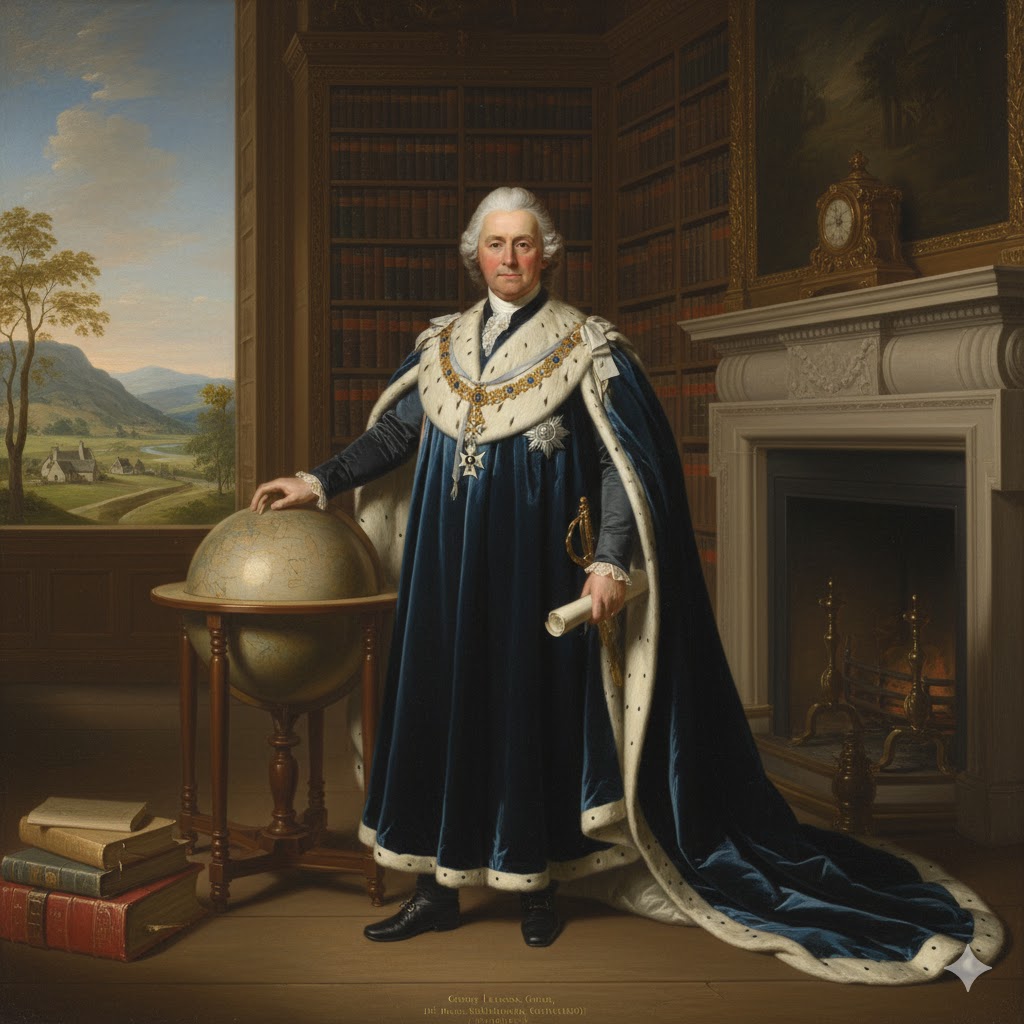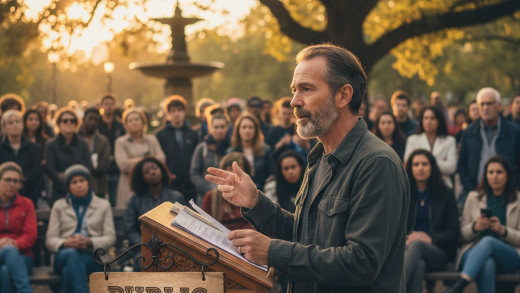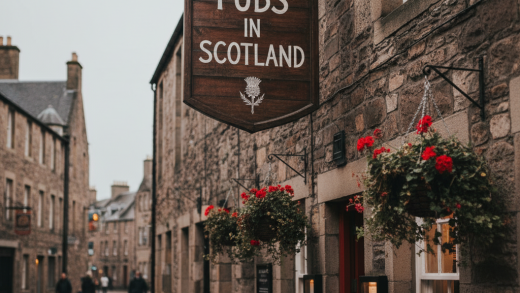
The Duke of Sutherland is a title in the Peerage of the United Kingdom, associated with one of the most powerful and wealthy aristocratic families in Scotland, and indeed the UK. The title was created in 1833 for George Leveson-Gower, 2nd Marquess of Stafford.
The family’s history and influence are deeply intertwined with the Sutherland Estate in the Highlands, which at one point was vast, covering over a million acres.
Key Aspects and Historical Context:
- Origins and Clan Sutherland: The Earldom of Sutherland, from which the Dukedom derives, is one of the oldest peerages in Scotland, dating back to the 13th century. The original Earls were chiefs of Clan Sutherland.
- The Leveson-Gower Connection: The title passed through a female line. Elizabeth Gordon, 19th Countess of Sutherland in her own right, married George Leveson-Gower (who later became the 1st Duke of Sutherland). Their marriage united immense wealth and landholdings: the wealth of the Leveson-Gowers (from coal mining and canals in England) with the vast land of the Sutherland estate in Scotland.
- The Highland Clearances: The Dukes of Sutherland are most controversially and enduringly associated with the Highland Clearances. The 1st Duke and especially his wife, Elizabeth, the Countess-Duchess of Sutherland, were key figures in the most severe period of the Clearances in the early 19th century. They forcibly evicted thousands of tenant farmers from their ancestral lands in Sutherland to make way for large-scale sheep farming, which was deemed more profitable.
- This policy led to widespread suffering, emigration, and a lasting legacy of bitterness and resentment in the Highlands. The Countess-Duchess Elizabeth is often cited as a symbol of the ruthlessness of the Clearances.
- While their intention was framed as “improvement” and developing new industries like fishing villages for the displaced tenants, the execution was often brutal, and many of the new ventures were not successful in providing a livelihood for the displaced.
- Wealth and Influence: For generations, the Dukes of Sutherland were among Britain’s richest landowners. Their extensive landholdings gave them immense political and economic power.
- Modern Day: The Dukedom continues to exist today. The current (7th) Duke of Sutherland, Francis Ronald Egerton, inherited the title in 2000. While the family’s landholdings are still significant, they are much reduced from their historical peak. The family seat in Scotland is now largely confined to the area around Dunrobin Castle, a magnificent ancestral home in Sutherland.
The title of Duke of Sutherland, therefore, evokes a complex legacy: immense wealth, aristocratic power, and a direct, often tragic, connection to one of the most painful episodes in Scottish history, the Highland Clearances.

Discover more from WILLIAMS WRITINGS
Subscribe to get the latest posts sent to your email.




